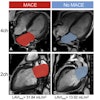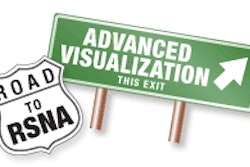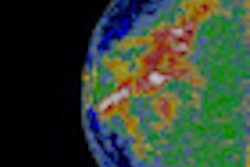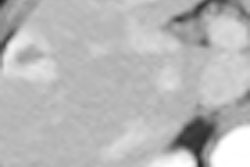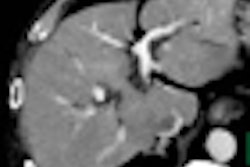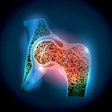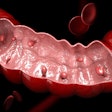Tuesday, November 30 | 11:20 a.m.-11:30 a.m. | SSG13-06 | Room S403A
Researchers from the University of Michigan in Ann Arbor have developed an automatic bladder lesion segmentation technique for CT urograms. Presenter Lubomir Hadjiiski, PhD, will share the details of their study in this session on Tuesday.To aid radiologists in the demanding task of interpreting CT urograms, the researchers sought to investigate a 3D level-set technique for lesion segmentation, which is a crucial step in computer-aided detection (CAD) for bladder cancer, Hadjiiski said. The researchers' long-term goal is to develop a CAD system to assist radiologists in interpreting these studies.
The study demonstrated the method's feasibility for segmenting bladder lesions in CT urograms, according to Hadjiiski. This opens up the possibility to automatically extract useful quality descriptors and attributes from bladder lesions to characterize them as malignant or benign, he said.
An accurate automatic segmentation method may also lead to better differentiation of abnormal and normal findings, and it may be of use in determining cancer volume change on pre- and post-treatment scans, he said.
"The 3D level-set method for segmenting bladder lesions has important applications in CAD, which can potentially improve the performance of radiologists in detecting and characterizing urothelial neoplasm, treatment monitoring, as well as in interpreting [CT urograms] for patients with hematuria," Hadjiiski said. "Early detection and treatment can improve the prognosis and survival of patients with urinary tract cancer."



